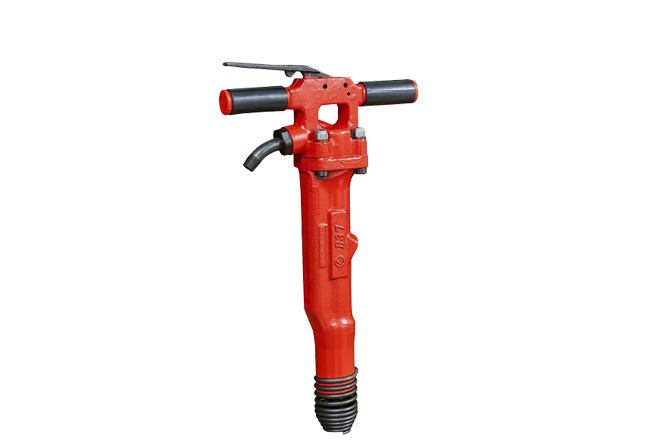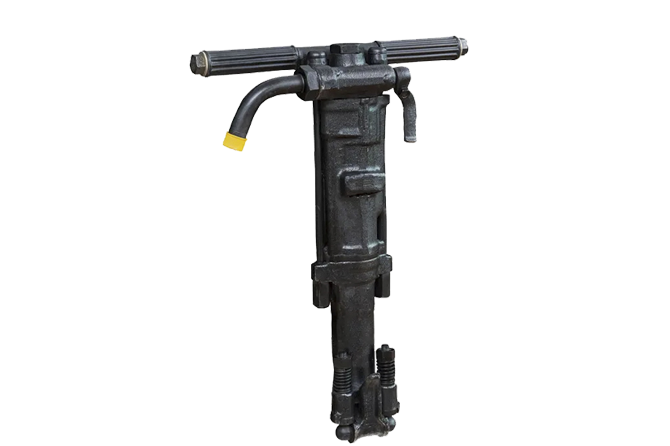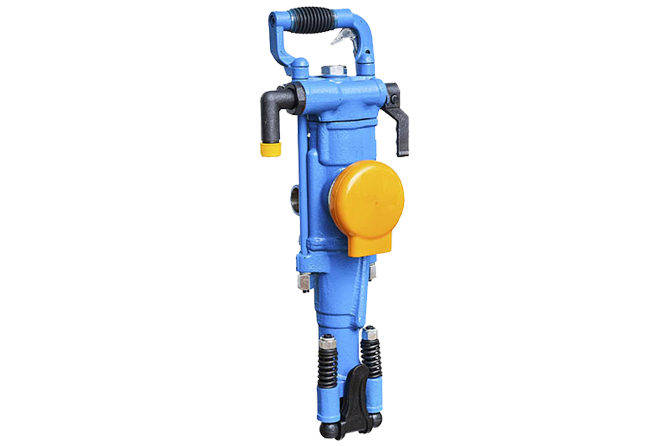The jackhammer was invented by William Mcreavy, who sold the patent to Charles Brady King. This revolutionary machine works by combining a hammer with a chisel, either through pneumatic or electro-mechanical means. It is most often used to break apart concrete, asphalt, and rock—a job that it does remarkably well for demolition applications. Hand-held variations are usually powered by compressed air, however, some use electric motors as an energy source.
The work for which a jackhammer is used mostly comes from its detachable metal chisel end. As this blade is driven down by the power of the machinery, it effectively breaks apart the subject material. Different kinds of blade, of various shapes and sizes, are available according to specific demands.
Primarily utilized for standard demolition work, the flat chisel stands as the blade of choice for many people in need of a versatile tool. This type of blade can tackle a vast array of materials with ease, making it the go-to for most.
For large-scale demolition projects involving concrete, the pick point chisel is an essential jackhammer blade. This specific blade is shaped to efficiently break apart concrete and may not prove as effective on other materials. People who must labor through immense quantities of concrete will save much time with this chisel at their disposal.
Hardly ever employed, the blunt chisel is intended exclusively for breaking asphalt apart. Those focused exclusively on this application can expect the chisel to aid them in getting the job done that much faster. However, its utility is limited to asphalt; it won’t prove useful for other materials.
It is essential to take the material you’ll be drilling into account when selecting your jackhammer blade. There is an array of blades available, shaped and crafted specifically for drilling into different materials. If you’re not sure which blade to get, you can request assistance from a sales associate.
In order to ensure that you can complete your task efficiently and safely, it is essential that you make the right selection of blade for the job, as well as familiarize yourself with how to use it. Jackhammers possess an immense capacity for hard work, but they can also involve grave risks if not handled carefully. Prior to utilizing your jackhammer, invest some time in reading through the instruction manual, being certain that all safety measures are being followed.
To ensure successful results with a jackhammer, it is wise to practice beforehand – try it out on some scrap material to get accustomed to it. By doing this, you can get a feel for the mechanism of the tool and make the relevant changes in advance of working on your primary project.
Operating a jackhammer requires a bit of attention to detail. Before you begin, be sure the blade is appropriately lubricated to reduce the chances of it binding and to protect the material you are dealing with.
Secondly, be sure that the blade of the jackhammer is kept perfectly upright when in use; failing to do so could cause the material to shatter or chip away irregularly.
Above all, make sure that all the correct safety protection is being worn when managing a jackhammer. For instance, it is critical to safeguard your eyes, hands and ears. This applies due to the loud noise emitted by the jackhammer that could cause long-term detriments to your auditory health if not guarded against.
Finally, after you’re done utilizing the jackhammer, don’t forget to properly clean it. Clear any particles from the cutting edge and its surroundings – neglecting to do so can result in the cutting edge becoming blunted, as well as potential harm to the material you were handling.
Maximizing the performance of your jackhammer while protecting your safety can be accomplished by following these basic pieces of advice.
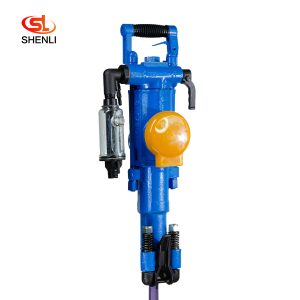
Short Description: YT29A air-legged rock drills are heavy-duty push-leg (air-legged) rock drills with low energy consumption, which are more suitable for drilling horizontal or inc […]
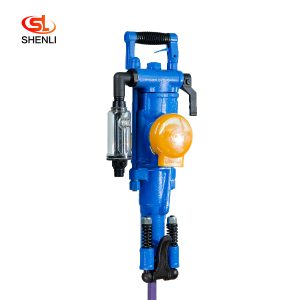
Short Description: The YT28 air-leg rock drill is a kind of high-efficiency, energy-saving and environmentally friendly rock drilling equipment. Compared with similar pneumatic pro […]
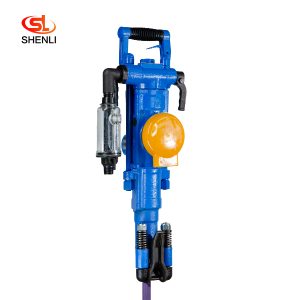
Short Description: The YT27 air-legged rock drill is a highly efficient lightweight rock drill suitable for downward or inclined drilling in medium-hard or hard (f=8 – 18) ro […]
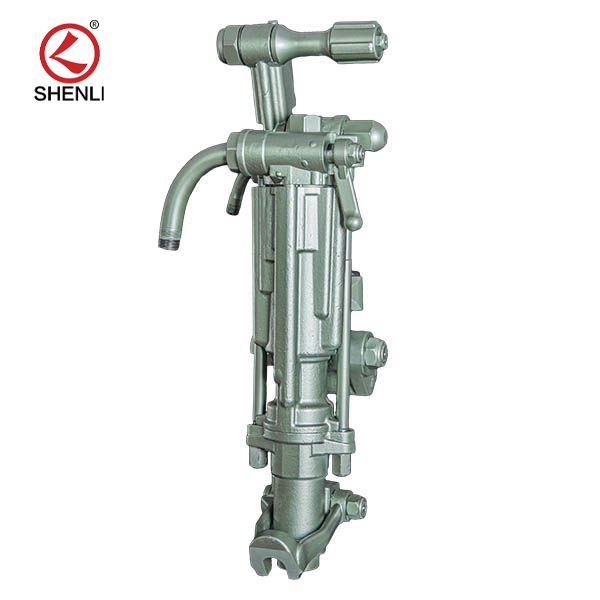
Product description: (S250 jackleg Drill) has been the preferred choice of miners who demand high performance, superior control and lasting reliability. the S250 jackleg allows ope […]
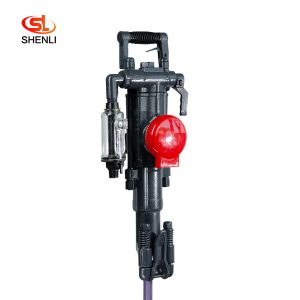
Scope of application: Model S82 air-legged rock drills are heavy-duty air-legged rock drills with high efficiency and low consumption, which are especially suitable for use in the […]
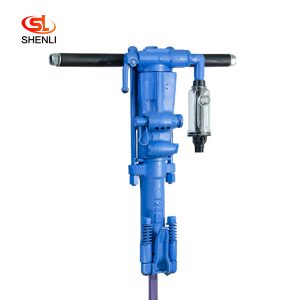
Product introduction Y26 hand-held rock drill is mainly used for drilling shell holes and secondary blasting in mines, railroads, water conservancy, and rock works, which can dry a […]
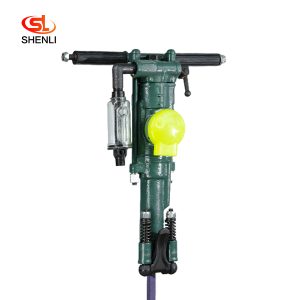
Product description: Y24 hand-held rock drill is a variant of YT24 air-leg rock drill in our factory. It has the advanced level in China and was rated as the high quality product i […]
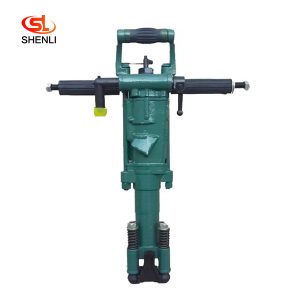
Product description: Y20LY hand-held pneumatic leg dual drill is a kind of light rock machinery, which can be used in secondary blasting in mines and quarries as well as in stone w […]
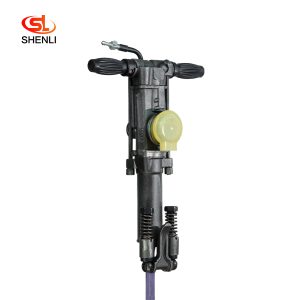
Product Description: Y18 hand – held and air – leg drill is suitable for drilling and blasting holes on soft, medium and hard rocks and W-1.5/4, W-1.8/5, W-2/5 and othe […]

